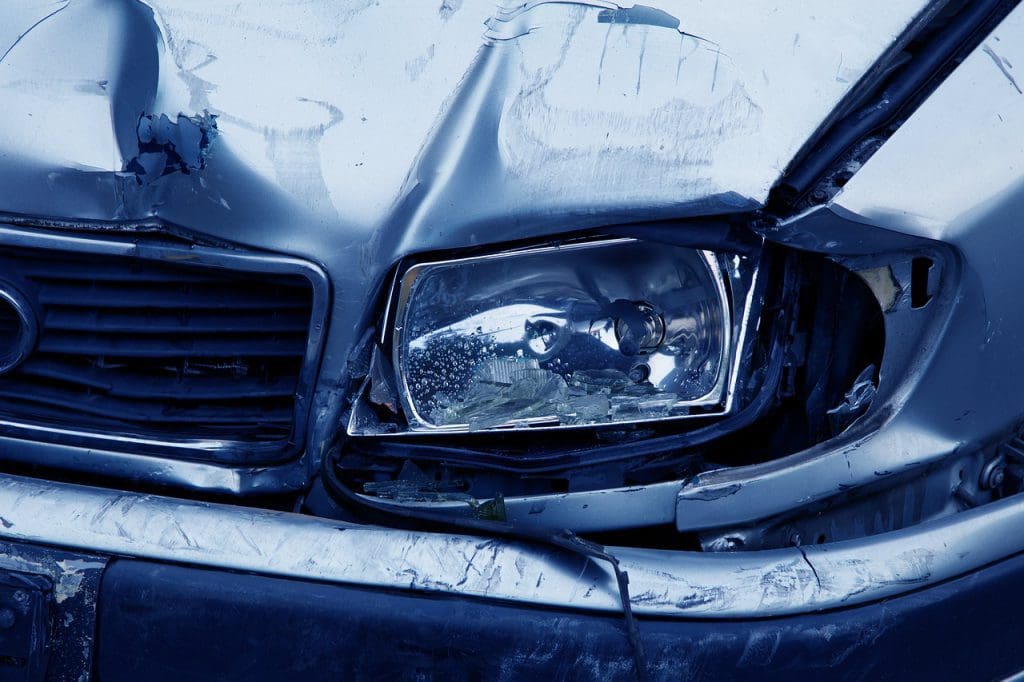The motor insurance industry takes two main factors into account when calculating insurance premiums – the risk and the cost of paying out a claim.
We recently looked at how the soaring cost of vehicle parts was pushing up the price of repairs and making taxi insurance and other business motor insurance claims more expensive. As we mentioned, this is a factor that affects all policy holders, whether they have private hire insurance, public hire insurance, taxi fleet insurance, chauffeur insurance or have used a taxi insurance broker such as Patons.
Risk
The other, more variable factor, is risk. Insurers and insurance brokers must decide how likely a driver is to make a claim. This depends on their driving record and includes factors such as previous claims, motoring convictions and even driving bans or prison sentences.
Someone with a history of speeding and at-fault claims can expect to pay more than someone with a clean driving record because they are deemed to be higher risk. Similarly, a new and inexperienced driver can expect to pay more than someone who has been driving for 10 years without any claims or convictions.
The risk factor also changes depending on when, where and how a vehicle is being used. Taxi drivers and other professional drivers spend more time on the road than non-commercial drivers and are automatically deemed to be higher risk.
They also operate in busy town and city centres at peak times and at night, when they are also more likely to be involved in a bump or more serious collision.
Reducing costs of claims
These can all push up the cost of insurance premiums for professional drivers, but there are steps they can take to find cheap taxi insurance.
The first is that in the event of a collision that leads to a claim, the sooner they report it to their insurance company, the better. Early reporting of claims allows insurance companies to secure the damaged vehicle at the scene and avoid expensive third-party transportation and storage costs. Whatever the extent of the damage and whoever is deemed liable for it, this helps keep the overall cost of a claim down.
The sooner a vehicle is repaired and back on the road also reduces the length of time an expensive hire car may be needed, which will also help cut the cost of a claim.
Another way drivers can protect themselves in the event of a claim is to install dashcams in their vehicles. While cameras do not prevent accidents, they can help insurers determine liability in the event of a dispute and help close claims faster, further reducing costs.
Telematics
Technology can further help drivers reduce their insurance premiums by using telematics to show insurers how someone drives their vehicle. By using GPS technology, insurers can make decisions about risk based on actual driving performance.
This information – including the exact mileage driven, types of roads used, speed and braking patterns – is then considered together with other traditional risk factors such as the driver’s age and where they live, to set premiums.
This gives insurance companies a much clearer picture of a driver’s behaviour at the wheel, rather than inferring good driving habits from a lack of claims or convictions.
Information correct at time of publication. Information provided within this article may have changed over time. No responsibility for its accuracy or correctness is assumed by John Patons Insurance Services or any of its employees.
